SMD Ceramic Capacitor Types
Explore the essentials of SMD ceramic capacitor, including their functions, working principles, color codes, classification types, and identification. Find detailed guides on SMD ceramic capacitor sizes, polarity, and value charts.
What is an SMD Ceramic Capacitor?
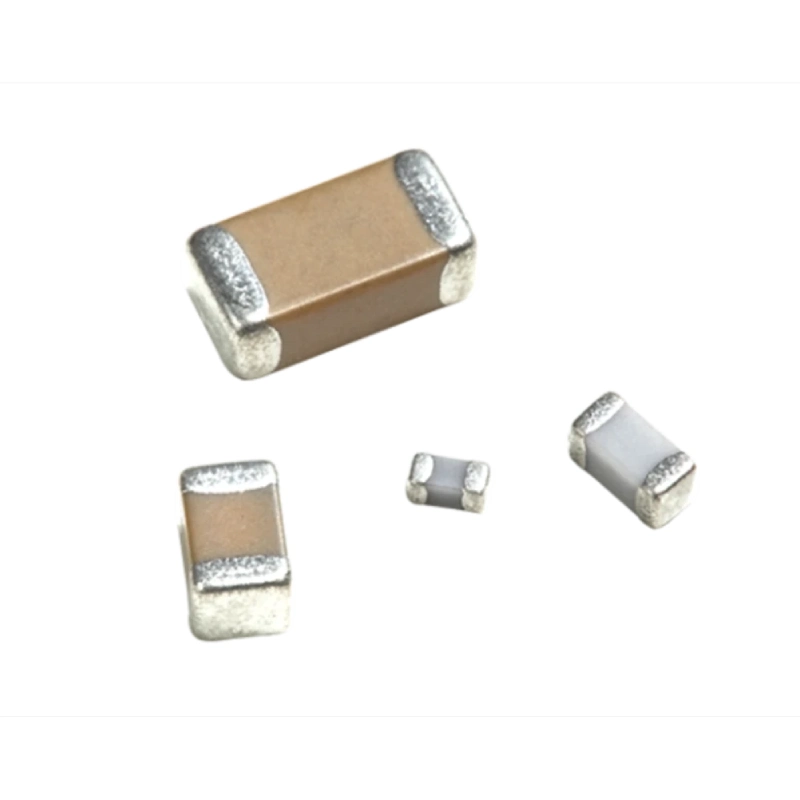
SMD (Surface-Mount Device) ceramic capacitors are compact, non-polarized capacitors made from ceramic materials. Known for their high stability and reliability, these capacitors are commonly used in various electronic applications, such as filters, oscillators, and RF circuits. Their small size makes them perfect for surface-mounted circuit boards where space is limited.
What is the Function of an SMD Ceramic Capacitor?
An SMD ceramic capacitor primarily stores and releases electrical energy as needed, stabilizing voltage and smoothing power supply fluctuations in electronic circuits. Key functions include:
Filtering
They remove unwanted high-frequency noise, ensuring stable signal integrity.
Coupling and Decoupling
These capacitors can transfer AC signals while blocking DC, as well as isolate different sections of a circuit.
Energy Storage
In applications such as power regulation, SMD ceramic capacitors temporarily store energy to smooth power flow.
How Does an SMD Ceramic Capacitor Work?
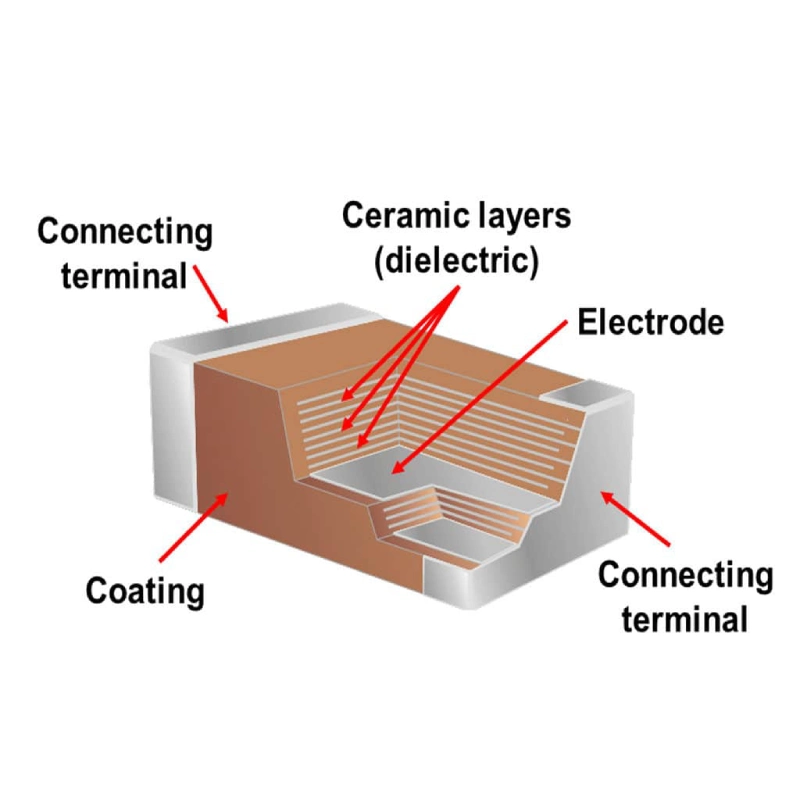
- SMD ceramic capacitors work based on the principles of electrostatic storage. Inside each capacitor, alternating layers of ceramic dielectric material and conductive electrodes allow it to store energy when voltage is applied. This stored charge is then released, providing stability to the circuit as required. The dielectric material used influences the capacitor’s performance, temperature stability, and capacitance value, essential for precise applications.
What Do SMD Ceramic Capacitor Color Codes Mean?
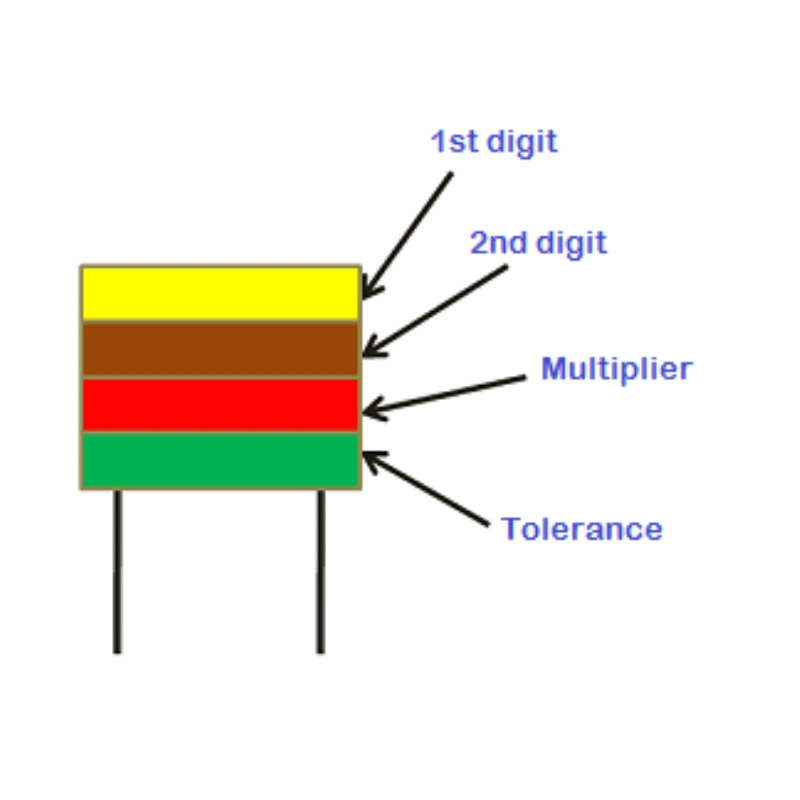
The color codes on SMD ceramic capacitors provide essential information for identifying the capacitor’s value, tolerance, and sometimes its voltage rating. Although many modern SMD ceramic capacitors use numerical codes instead of color bands, color-coding can still be observed in certain cases:
- Red: Indicates a low capacitance value.
- Yellow: Medium capacitance.
- Blue or Green: High capacitance.
- Gray or Black: Often used for low-tolerance, high-voltage applications.
Using a smd ceramic capacitor color code chart is essential for quick and accurate identification, especially in mixed capacitor setups.
Product Introduction: Types and Usage Scenarios
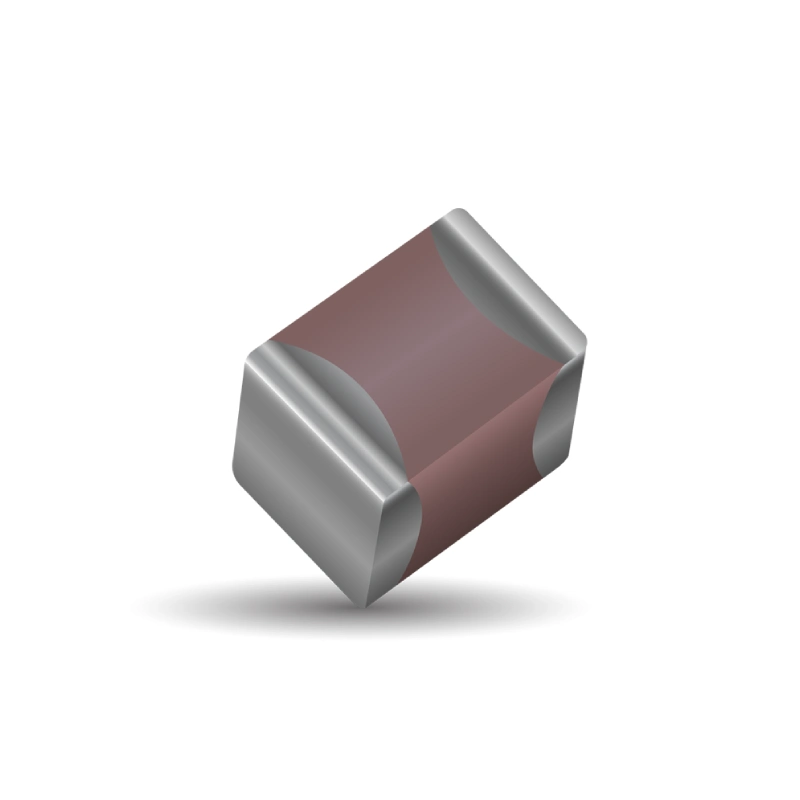
Class I (e.g., C0G/NP0)
- Description: Class I ceramic capacitors, such as C0G (or NP0), are known for their extremely stable temperature and voltage characteristics. These capacitors have low capacitance values (typically in the picofarad range) and are used in high-frequency, precision applications where stability is critical.
- Application: Commonly found in RF circuits, oscillator circuits, and other high-frequency applications that require consistent and reliable performance.
- Advantages: High precision, minimal temperature and voltage dependence, ideal for high-speed, high-frequency applications.
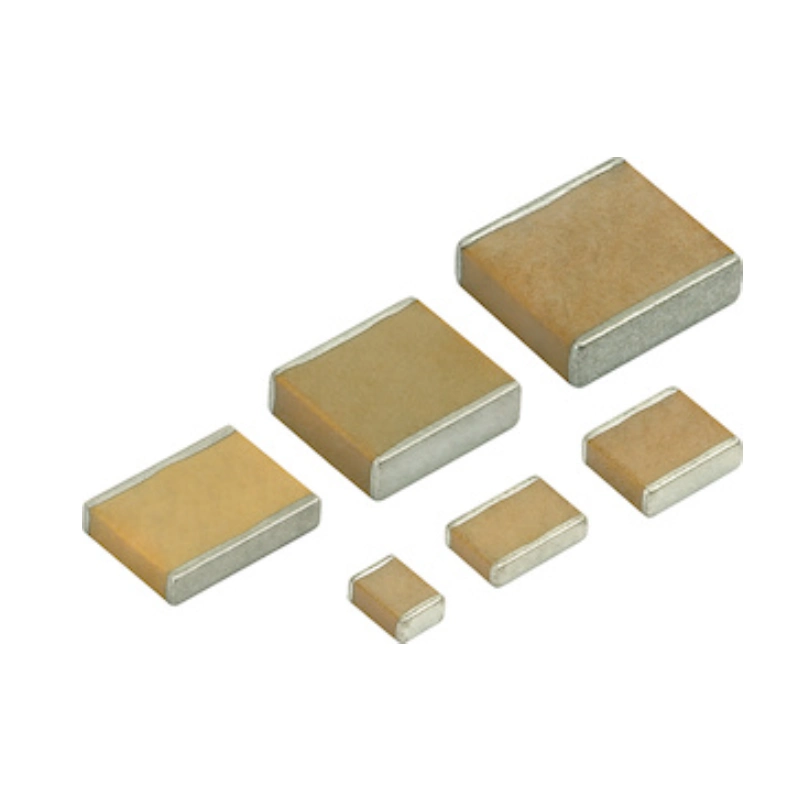
Class II (e.g., X7R, Y5V)
- Description: Class II capacitors, such as X7R and Y5V, offer higher capacitance values (from microfarads to picofarads) and are more suitable for general-purpose applications. These capacitors are less stable than Class I types but still perform well in a wide range of environments.
- Application: Often used in power supply decoupling, filtering, and bulk capacitance applications. They’re ideal for applications where the capacitance stability is less critical, such as in consumer electronics and automotive circuits.
- Advantages: Higher capacitance values, lower cost, good general-purpose use, and decent temperature stability.
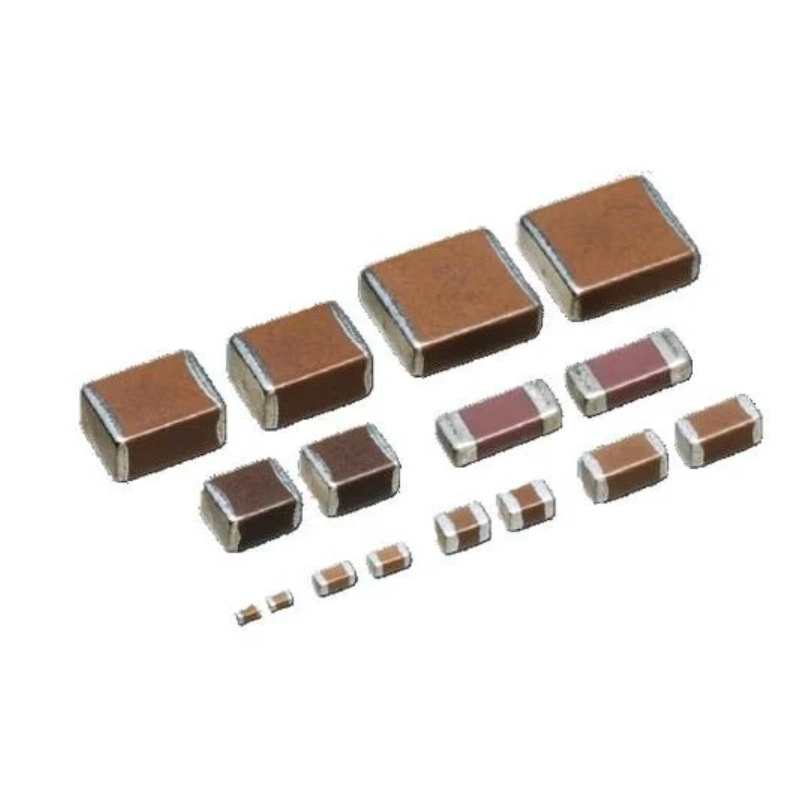
Low Voltage Capacitors (<50V)
- Description: These capacitors are designed for low-voltage circuits, typically less than 50V. They are commonly used in compact, portable devices such as smartphones, laptops, and wearables.
- Application: Low voltage SMD ceramic capacitors are ideal for consumer electronics, communication devices, and any circuits that require low voltage filtering or decoupling.
- Advantages: Cost-effective, small, and perfect for low-power applications.
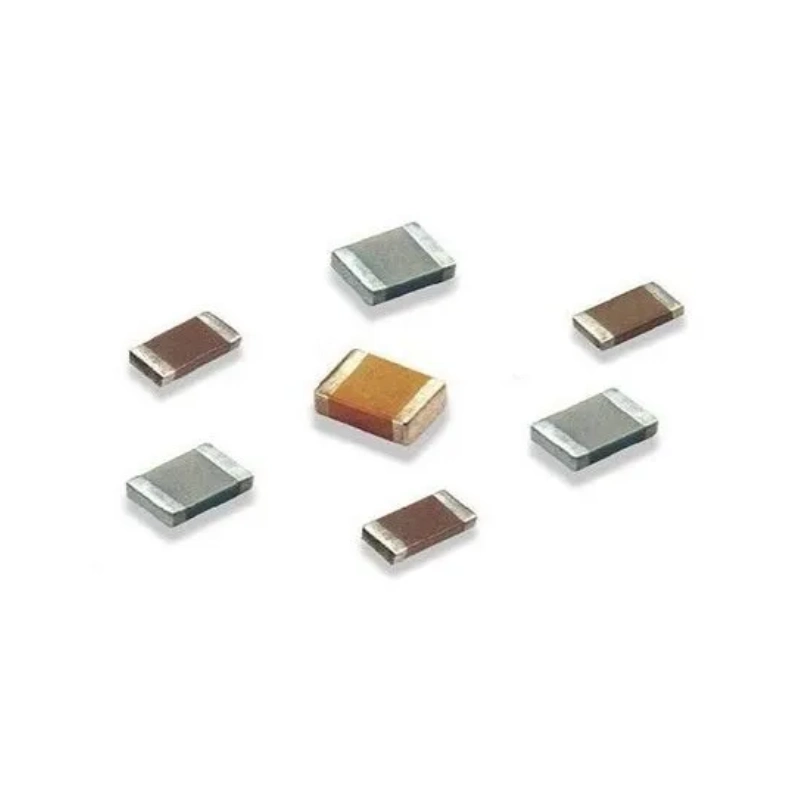
High Voltage Capacitors (>50V)
- Description: High-voltage SMD ceramic capacitors are designed to handle more demanding circuits with voltage ratings higher than 50V. These capacitors have thicker dielectric layers, allowing them to manage the increased voltage.
- Application: Used in industrial equipment, power supplies, automotive applications, and other high-power circuits that require larger energy storage capacities.
- Advantages: Higher reliability under high-voltage conditions, capable of supporting heavy-duty power systems.
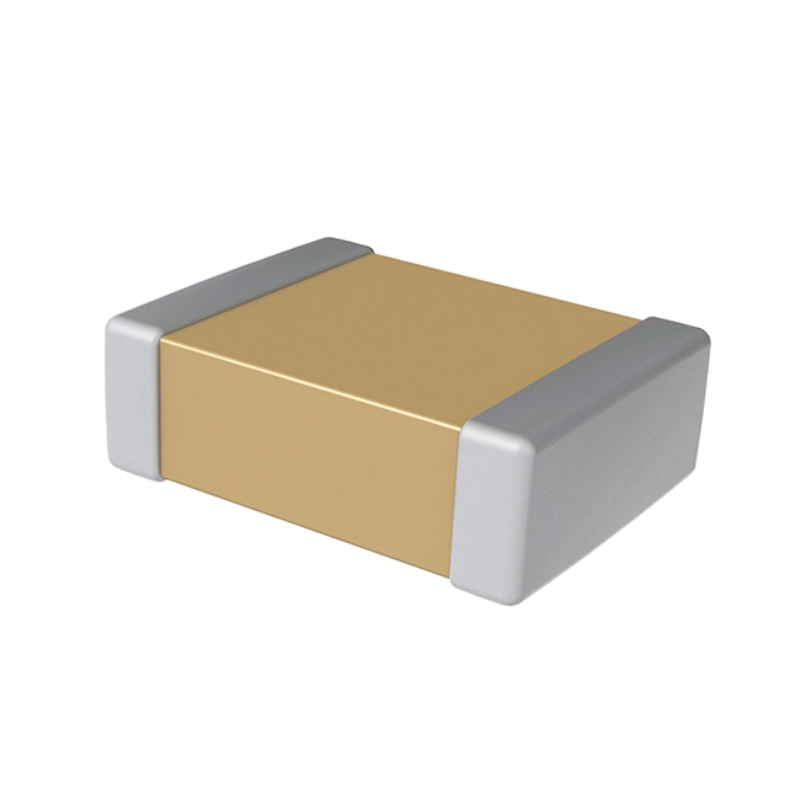
Low Capacitance (0.1pF to 10nF)
- Description: Low capacitance SMD ceramic capacitors are typically used for high-frequency applications where precision and low value are critical. These capacitors have applications in high-speed circuits, RF circuits, and signal processing.
- Application: Used in RF filters, oscillators, and noise filtering applications.
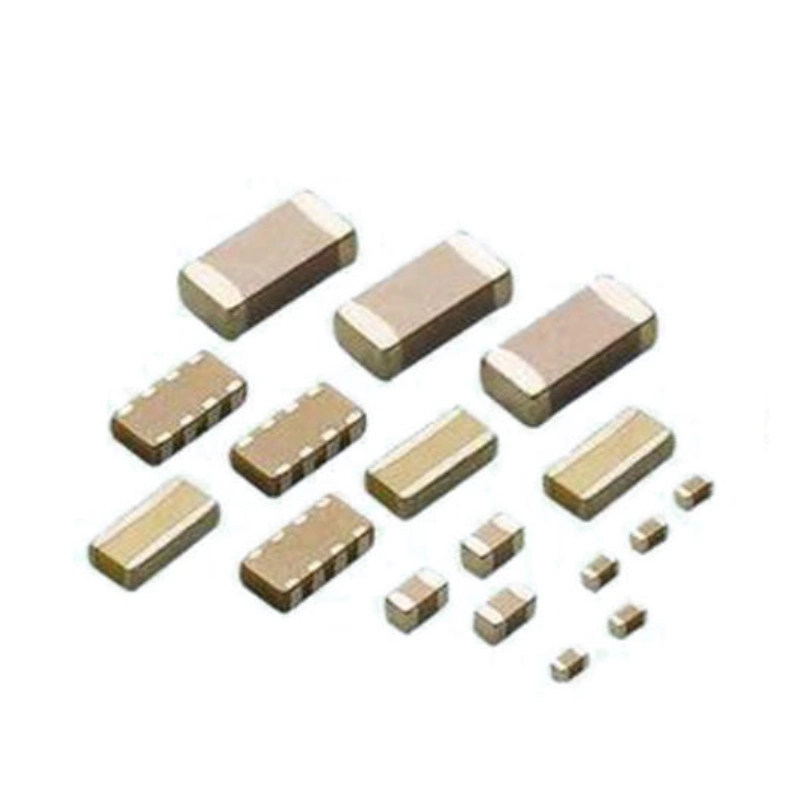
Medium Capacitance (10nF to 1µF)
- Description: Medium-range capacitors are commonly used in power filtering and decoupling applications. They are also used in timing circuits and audio equipment where moderate capacitance values are necessary.
- Application: Widely used in consumer electronics, power supplies, and signal coupling.
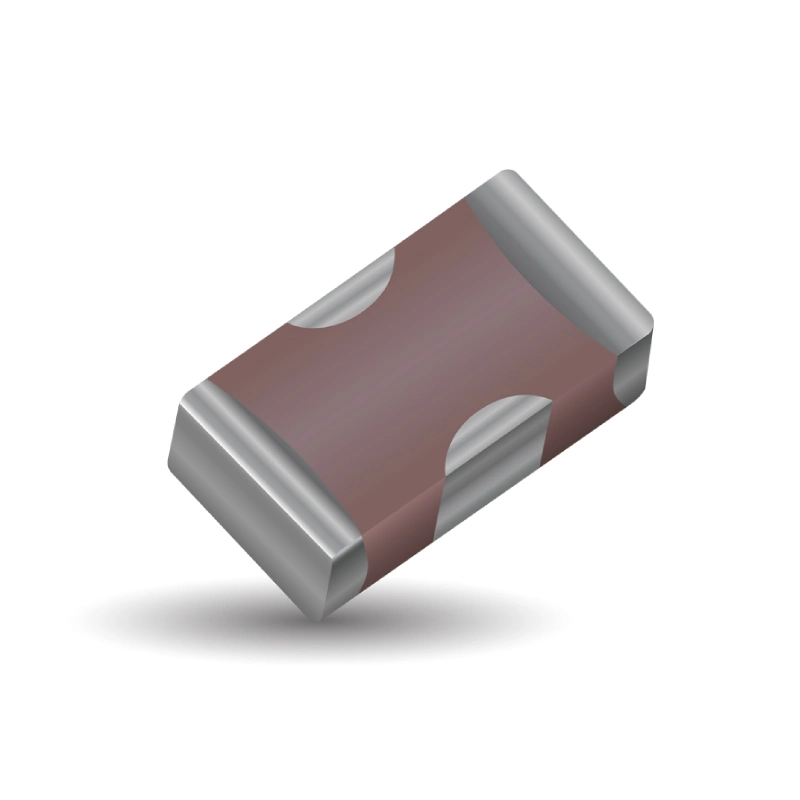
High Capacitance (>1µF)
- Description: These capacitors have the highest capacitance values and are used in circuits that require significant energy storage or power smoothing. They are usually found in DC power supplies, large power converters, and buffering applications.
- Application: Power supply decoupling, energy storage, and large-scale filtering.
Arc Fault Circuit Breaker FAQS
How do I read the SMD ceramic capacitor code?
SMD ceramic capacitors are often marked with a 3-digit numerical code. The first two digits represent the first two significant digits of the capacitance value, and the third digit indicates the number of zeros to follow. For example, a code like “104” corresponds to a capacitance value of 100nF (10 followed by 4 zeros). In cases where a voltage rating is needed, it is typically printed separately.
Is there polarity in SMD ceramic capacitors?
No, SMD ceramic capacitors are non-polarized, meaning they do not have a specific positive or negative terminal. This allows them to be installed in either orientation in a circuit without any risk of damage. This is one of the key advantages of ceramic capacitors in a wide range of applications, especially in modern, compact electronic devices.
Where can I find an SMD ceramic capacitor size chart?
An SMD ceramic capacitor size chart is typically available on manufacturer websites or in component datasheets. These charts list standard sizes such as 0402, 0603, 0805, 1206, and 1608, with corresponding dimensions for each package type. It’s crucial to select the right size to fit your PCB layout and ensure compatibility with the circuit’s design requirements.
How can I identify the value of an SMD ceramic capacitor?
The value of an SMD ceramic capacitor can be identified through the printed code or color code on the body of the component. Some capacitors use a 3-digit or 4-digit code to represent the capacitance value, while others may use a color-coding system for easy identification. For non-coded capacitors, refer to datasheets or manufacturer’s guides.
What is the purpose of an SMD ceramic capacitor in a circuit?
SMD ceramic capacitors are essential for filtering out unwanted signals, stabilizing power supplies, and coupling or decoupling electrical signals within a circuit. They help smooth voltage fluctuations, reduce noise, and ensure reliable signal transmission. These capacitors are critical in high-speed digital electronics, RF systems, and power-sensitive devices.
Can I use a different size SMD ceramic capacitor as a substitute?
While it is technically possible to substitute one size for another, it is important to ensure that the capacitance value, voltage rating, and physical footprint match the circuit’s requirements. For example, using a larger capacitor might result in extra capacitance and voltage handling, which may affect circuit performance. Conversely, using a smaller size may not provide enough capacitance for the application.